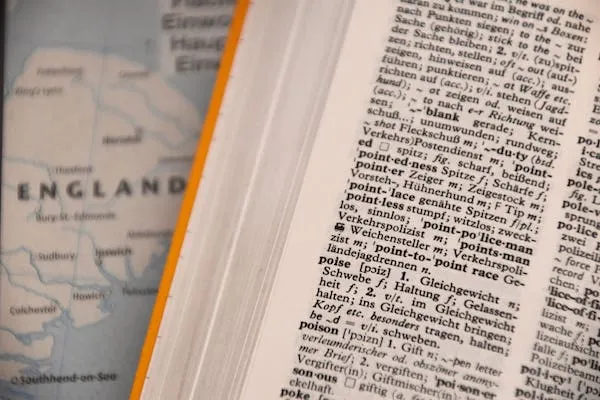May exams in 2020 will be the first time that students experience the new language B syllabus in the IB. What exactly are the changes to what the previous syllabus looked like? How are you going to be graded in the end? Our expert tutors have done all the research for you, so look no further!
Paper 1
This examination tests your writing skills. There are given 3 tasks, each from a different theme in the syllabus (identities, experiences, human ingenuity, social organization, sharing the planet). You are then asked to produce a piece of writing (250-400 words for SL, 450-600 words for HL), choosing a text type out of those listed in the exam.
You will be graded on your:
- language (grammar and vocab)
- message (how clear, developed, and relevant are your ideas)
- conceptual understanding (text type and tone are appropriate)
Our tip: Paper 1 is worth 25% of your overall grade in your language B class, so it is a crucial part of your overall score! Make sure you are familiar with different text types. Although the largest part of your grade comes out of your language fluency, you will be giving away points for free if your writing does not convey knowledge about the text type. What does a greeting look like in a letter? How do you sign off an email? Prepare these before the exam!
Paper 2
This paper tests your language comprehension. Paper 2 is split into 2 sections: Listening comprehension and reading comprehension. Both sections have 3 passages that you will listen to or read. You will then be asked questions based on these passages to test your comprehension. All the information that you need to answer the questions posed will be given to you in the passages, so you aren’t required to use any previous knowledge or outside information. Paper 2 is worth a full 50% of your final grade!
Our Tip: The listening comprehension section of the paper 2 is the most notable change in the new Language B syllabus and as such it is difficult to predict exactly what the exam will look like. The reading comprehension section will stay relatively similar to what it looked like on previous exams, so if you want some practice then don’t shy away from doing past papers! For the listening comprehension, we’d recommend to heavily rely on the specimen paper to give you a bit of an idea on how you will be assessed come the final exam!
Internal Assessment
The individual oral assessment is worth 25% of your overall grade for you language B. For this task you will be presented with two visual stimuli (two pictures). You choose the one you feel you can most easily speak about, and are given 15 minutes to jot down bullet points to help you during your presentation. These notes may not be full sentences and are merely there to give you some guidance in your final presentation. After these 15 minutes, you are expected to give a 3-4 minute presentation where you should
- Give a description of the visual stimulus
- Relate the visual stimulus to the theme in the course its related to
- Give your opinion on the visual stimulus
Your teacher will then ask you a few questions relating to this visual stimulus. These questions may be following up on something you said in your presentation or other questions that will guide you towards speaking about something you may have missed.
After these 8 minutes of talking about the visual stimulus, your teacher will move you on to the last section of the individual oral assessment, the general discussion. During this section, your teacher will introduce at least one additional theme from the syllabus and once again encourage you to engage in a conversation based on the topics you are given.
In the end, the presentation will have lasted between 12-15 minutes. The presentation will be marked by your teacher, but is also recorded and sent to the IB for moderation. You are graded on your: use of language, message relating to the visual stimulus, message in the conversation with your teacher, and interactive skills in communication.
Our Tip: To prepare for the IOA, make sure you know exactly what the 5 themes in the syllabus are. Much of your grade is dependent on your message being relevant to the theme, so if you neglect to relate the visual stimulus to a theme in the course you are severely hampered!
And that’s it! This is what you can expect in your final year of your Language B in the IB.



